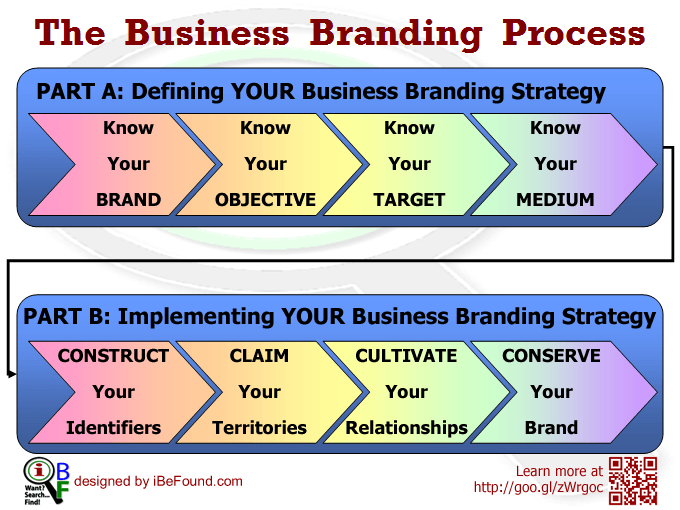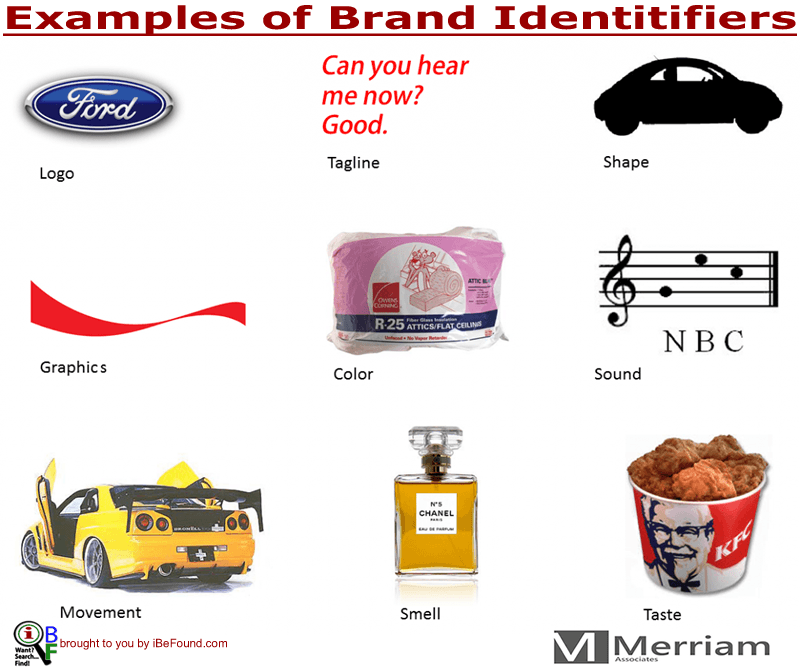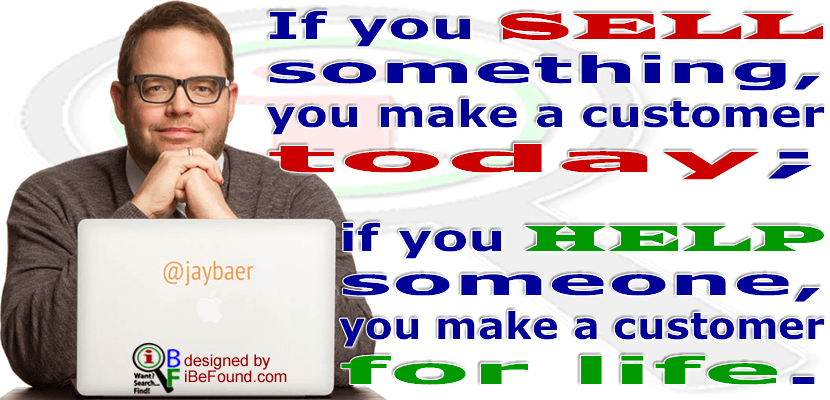How to IMPLEMENT
YOUR Business Branding Strategy
The Business Branding Process
Recall our 2-part system that makes up the business branding process:

Implementing YOUR
Business Branding Strategy
Once you’ve Defined YOUR Business Branding Strategy as previously discussed, the next phase to focus on is the implementation phase. We’ll be going through the steps involved below.
STEP #1: Construct Your Identifiers
[Create your brand identity.]
Previously, we saw that brand identity is the visual and verbal expression of a brand. ~ Philip Kotler et al, B2B Brand Management, p.315 (slide #328). It is the way YOU want folks to perceive you.
To clarify this concept, the folks over at Merriam Associates in the article, Beyond Name and Logo: Other Elements of Your Brand makes the following comparison:
Your own personal identity is more than your name and your face.
Your identity includes personal data like your birthday, place of residence, where you work, and your phone number. It also includes the sound of your laugh, the way you walk, and the taste of your most famous recipe.
As your own personal identity is multidimensional, so should be the identity of your brand.
Here are some…

Business brand identifiers include, but are not limited to:
- Business/Trade Name
- Logo
- Slogan / Tagline
- Color / Imagery / Typography
- Smell / Sound / Taste
- Shape
- Movement
So, by the end of this step, you should determine what YOUR business brand identifiers are and begin assembling them.
STEP #2: Claim Your Territories
[Secure what is your own.]
It is vitally important that your business stakes claim to its territories (especially online) and prevent squatting by others.
Online Territories: secure your domain name and username for the various social networks.
Go to Knowem.com and use their search tool see if your desired business/trade name is available. Purchase your domain name and claim your associated username on as many of the social networks as possible. Remember, you’re NOT going to try to be active on all those social networks.
As Megan Auman said, you want to start by focusing on just one social network, but…
Claim your business name (or your name) on all the others, because it’s important for your digital real estate. But then just add your pic and profile and let them chill.
Ideally, your business should have its own website WITH a blog included in addition to an ACTIVE presence in one or more social networks. If you need a reminder as to why you need a website for your business, please view the video below:
Offline Territories: your choice of which of these you should use in your business branding strategy depends on your type of business as well as your branding objective:
- Business Card
- Stationery
- Vanity Phone Number (ex. 1-800-flowers)
- Storefront / Physical Location
- Product Packaging
- Signage
- Uniforms
- Vehicle Graphics
STEP #3: Cultivate Your Relationships
[Be knowable, likeable and trustworthy.]
Gone are the days of selling. We live in the days of helping. That’s the message of Jay Baer, best-selling author of Youtility – Why Smart Marketing is about Help not Hype.

Jay suggests that businesses should focus on being USEFUL rather than being amazing. Be useful by providing information, resources, and tools that have intrinsic value; and “your customers will keep you close”.
For a business to engender brand loyalty, authentic relationship building is more important than mass advertising as pointed out by Howard Schultz, CEO of Starbucks.

So, focus on building AND cultivating authentic relationships by
- taking a clear stand on the issues that are dear to your brand.
- making it easy for your customers to interact with your company/brand.
- providing what your customers are looking for, where they are looking for it.
- treating your customers as intelligent beings who can make informed decisions WITHOUT the assistance of your sales reps.
- putting the interest of your customers ahead of your own EVEN if it means recommending a competitor when your product/service does not fit their needs.
STEP #4: Conserve Your Brand
[Safeguard your branding investment.]
Whether your business has been around for a while or you are just about to launch it, you no doubt understand the importance of protecting your brand. Conserving your brand in the marketplace and in the minds of consumers is an on-going process. Ideally, it should begin even before the brand is launched.
Safeguarding your business branding investments involves the following:
- A comprehensive Name Search to ensure that your business/trade name is not already in use. [More info: AU, CA, NZ, UK, USA]
- Proper choice of Business Structure. [More info: AU, CA, NZ, UK, USA]
- Registration of Company or Business. [More info: AU, CA, NZ, UK, USA]
- Appropriate filing for Legal Ownership of your intellectual properties. [See also: International Trademarking.]
- Purchase of as many Domain Names as necessary to prevent squatting and/or misuse by others.
- Protection of your Web Properties from locking domains to watermarking images to registering with DMCA.
- Brand Infringement Monitoring in the online marketplace.
- Establishing clear Guidelines for Brand Use by employees and others.
By way of clarification, the following presentation from IDFCTRY highlights the differences between various types of legal ownership that can be applied to products, services, and/or businesses…
Difference between Copyright, Trademarks and Registered Trademarks
Brand Architect and Designer, Linda Schenk, also offers the following advice in her article What Domain Names Should You Register to Protect Your Brand?
Buy variations of your name, business name, misspellings, tagline, products & services, etc. This prevents misrepresentation of your business or confusion with similar names.
Forward your extra domain names to your website or a specific page.
On the matter of conserving your brand, we leave the last word to Jason Gillikin as expressed in the article How Can a Businesses Protect Their Brand & Trademark From the Internet?
A well-defined, recognized and respected business brand is a substantial asset for any company. Business leaders should spare no expense or energy in aggressively defending their brand from infringement. This protection includes setting clear standards for how the brand is used and communicated from within, as well as from encroachment by others.
Now that we’ve gone over the four steps involved in implementing your business branding strategy, you should be well equipped to put them into action.
In the Meantime…
The following resources might help further clarify some of the points discussed above:
- 10 Ways Best Buy is a Brand to Benchmark for Brand Identity Guidelines
- Do You Still Need To Have A Website If You Are On Facebook (or other social media)
- Reputation 101 – How to Protect Your Brand Online
- 12 Ways to Legally Protect Your Brand
Also, check out our “Brand Protection and Reputation Management” board on Pinterest for some more insights.
Follow iBeFound International Ltd’s board Brand Protection and Reputation Management on Pinterest.
Time for YOUR input
- What are some other examples of brand identifiers?
- As a consumer, what makes you become a fan of a brand?
- Business Owners: What levels of brand protection have you already taken?
Warning: count(): Parameter must be an array or an object that implements Countable in /home/musicv7/public_html/iBF/wp-includes/class-wp-comment-query.php on line 399







